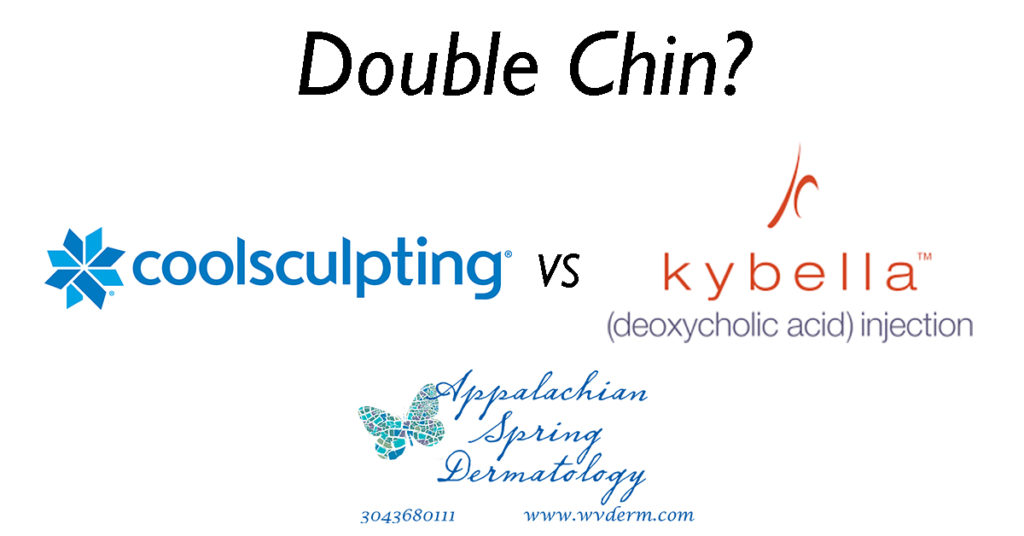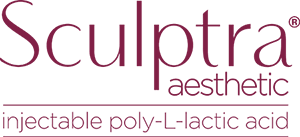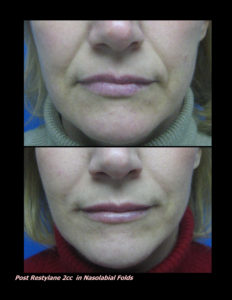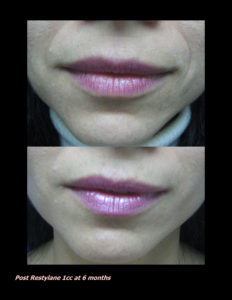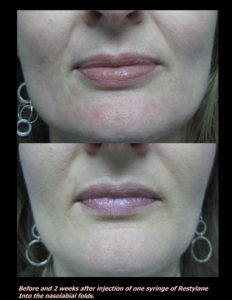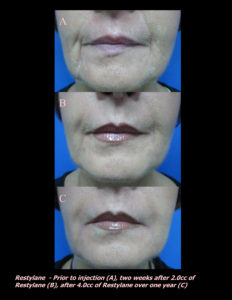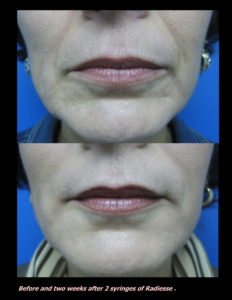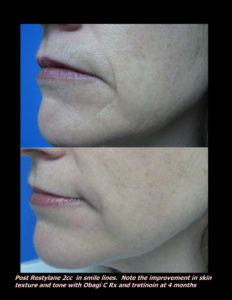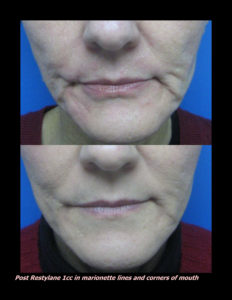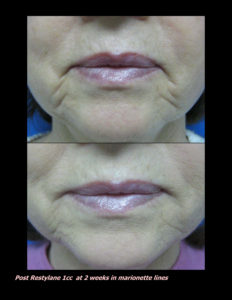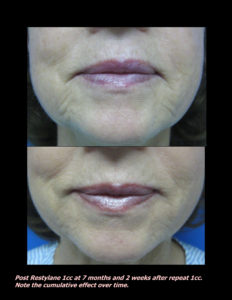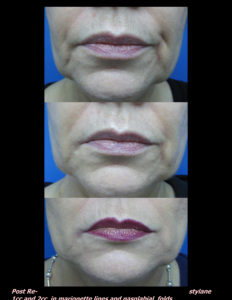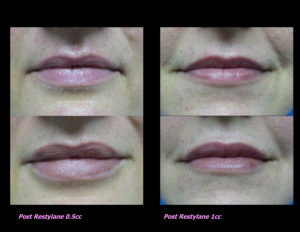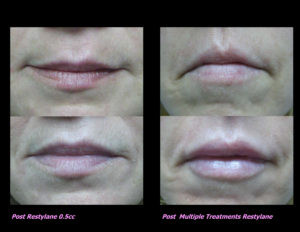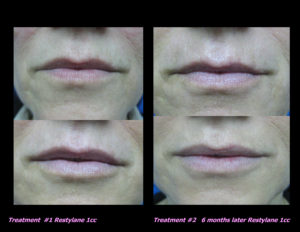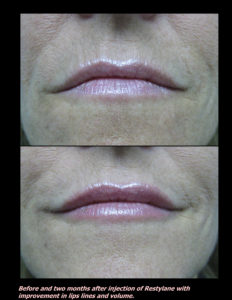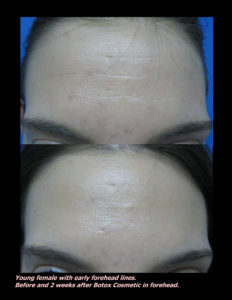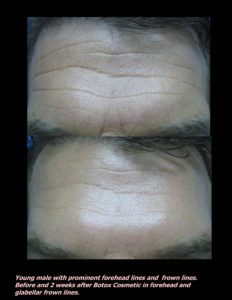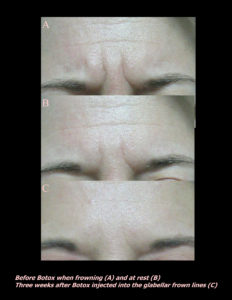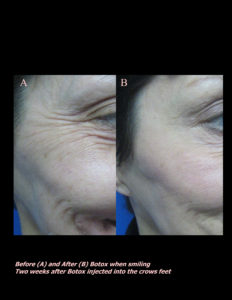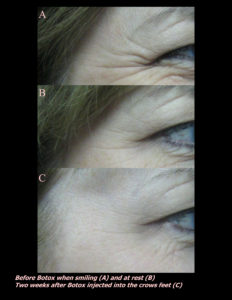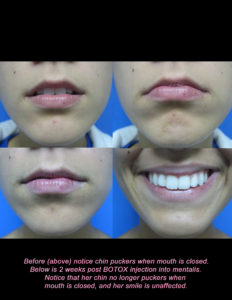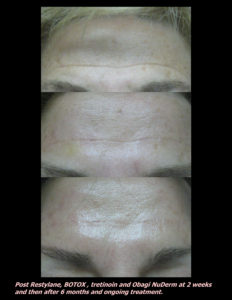What is Intense Pulsed Light (IPL)?
A laser and intense pulsed light are medical devices that use light to target specific structures in the skin. By definition, a laser has a single wavelength of light. In contrast, an Intense Pulsed Light contains many wavelengths of light, ours has wavelengths between 560nm and 1200nm.
What can Intense Pulsed Light be used for?
Treating redness and veins associated with aging and sun damage. This works by light targeting the pigment in the red blood cells that are in the blood that courses through the veins. The interaction between the laser and the pigment in the blood generates energy, best described as heat. This energy is transferred from the blood to the blood vessel wall. By damaging the blood vessel wall, the blood vessel is no longer a good conduit for blood flow. IPL works better for background redness than individual “traceable with a pen” blood vessels. For patients with rosacea, results are seen in 1-3 treatments and many patients prefer a treatment two to three times a year as maintenance. More recent data suggests that IPL may also help dry eye symptoms for rosacea sufferers.
Treating brown discoloration of the skin – freckles and sunspots. There are multiple wavelengths of light contained in the pulsed light. Some are more effectively absorbed by pigment-containing cells. When treated, brown spots get progressively darker for about two weeks and then flake off. Because of the ability to target pigment cells, it is ESSENTIAL that a patient not have significant sun exposure or be significantly tan for this procedure. If you read my articles about treating brown spots, you know that I prefer an effective skincare regimen over IPL for brown spots.
Anti-aging with improved skin texture and tone. The heating of the blood vessels in IPL leads to heat generated in the surrounding areas of the skin as well. This leads to the stimulation of collagen and elastin growth and a more youthful appearance to the skin over time. Again, this can augment a good skincare regimen, but good skincare is always the top priority. When used for anti-aging this is sometimes referred to as a “photofacial”. IPL can be done as often as every 6-8 weeks, but for most, that is not a cost-effective option.
Hair removal. IPL is also sometimes marketed for laser hair removal. A laser always works better for hair removal. However, sometimes we use our IPL immediately after laser hair reduction to augment the effects.
What are the negatives?
The sensation of IPL is better described as startling than painful because the flash of light is very intense even with stainless steel goggles covering the eyes. There is some temporary redness. Rare side effects include blistering, crusting, and a temporary discoloration on the skin. Zinc-based sunscreen should be worn for a week after the procedure if there is significant sun exposure to avoid discoloration. This procedure should always be done by an experienced professional in a doctor’s office.
Does insurance cover this procedure?
Some insurances do cover IPL for rosacea, but I recommend patients with rosacea plan to pay out of pocket just in case. It is not an insurance covered service for brown spots or anti-aging.
If you know someone who may find this article helpful, please share it with them! Follow us on social media this week, and subscribe to our growing YouTube channel!
If you would like to receive these posts in your email inbox, Subscribe to our Site.
|


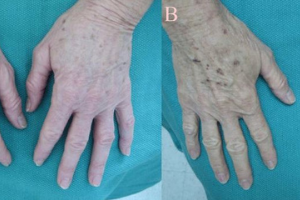


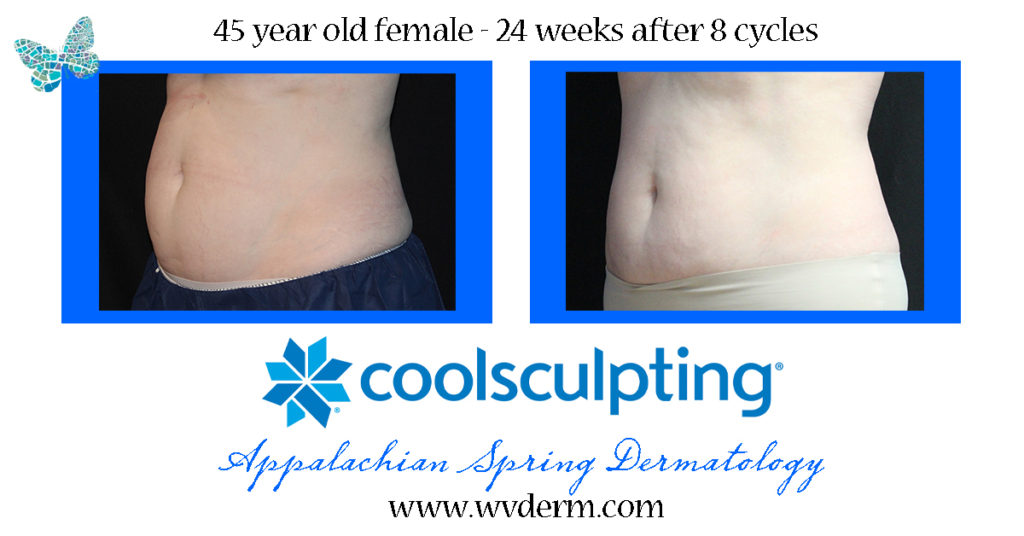
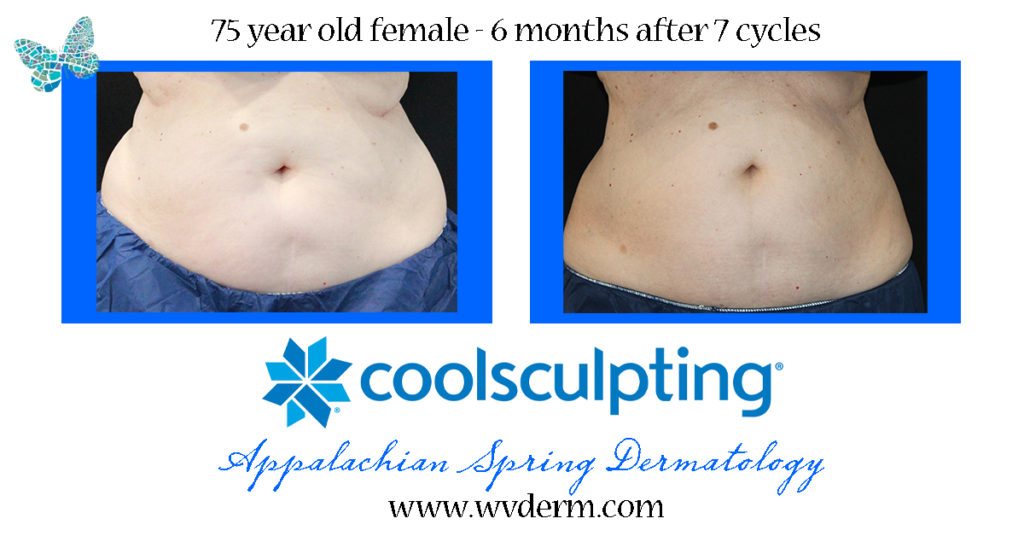

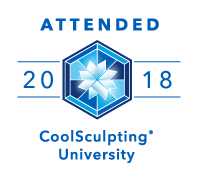
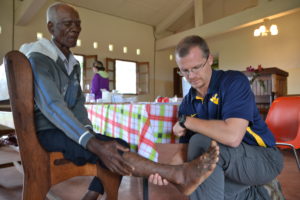


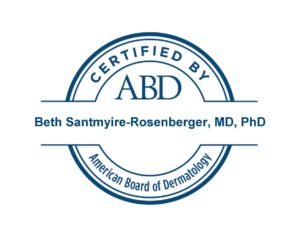

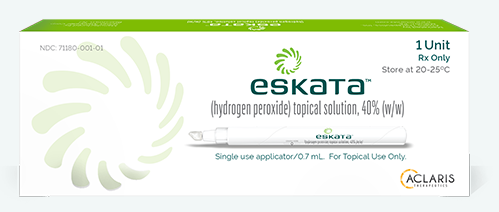

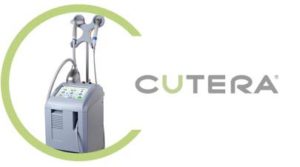 Laser Vein Reduction Treatments
Laser Vein Reduction Treatments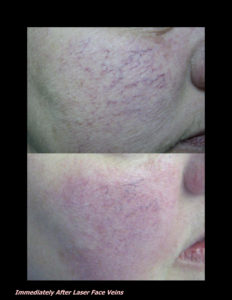
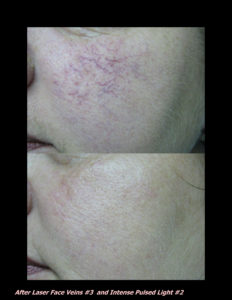
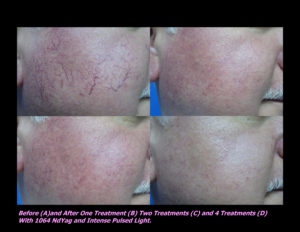
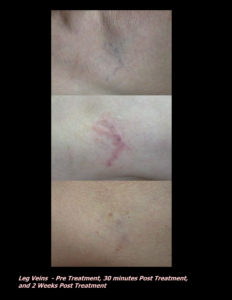
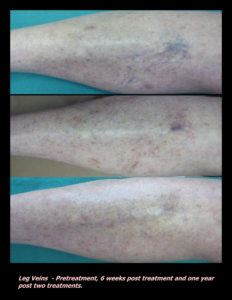
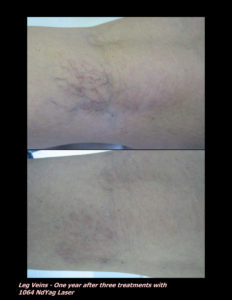
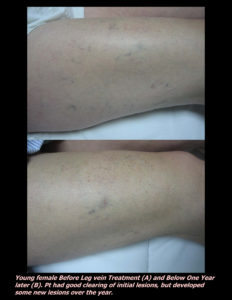
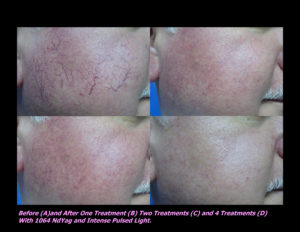
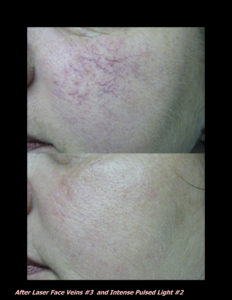
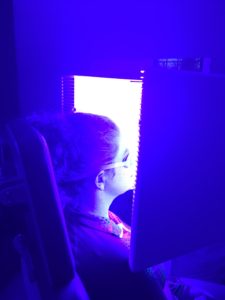
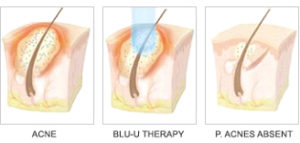
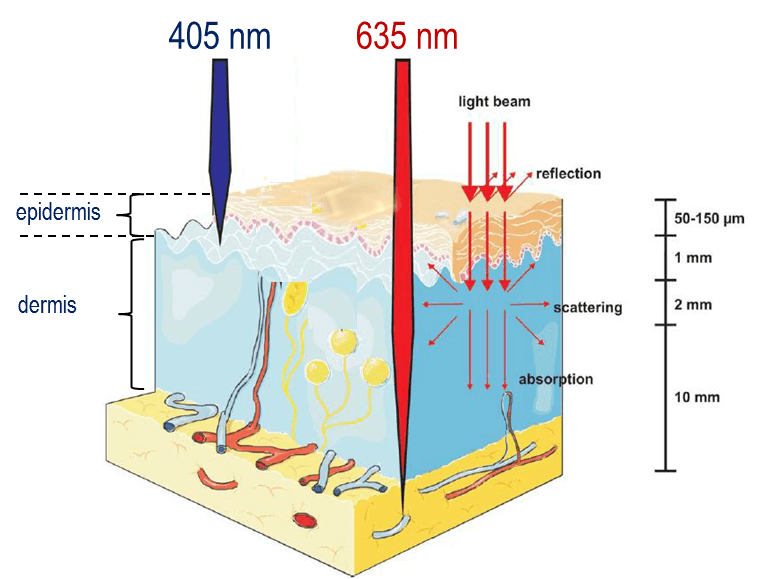
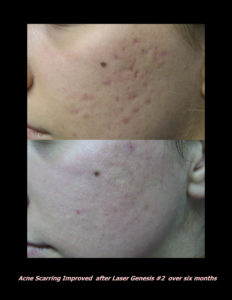
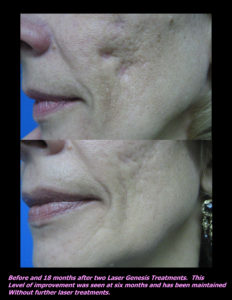


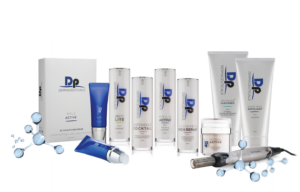 DP Dermaceutical Products
DP Dermaceutical Products